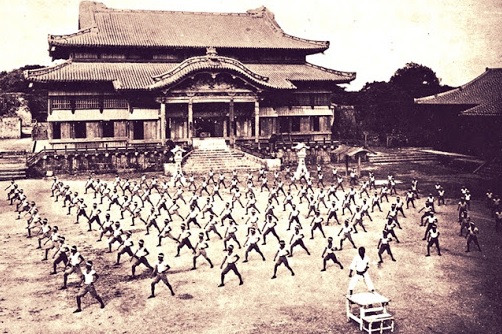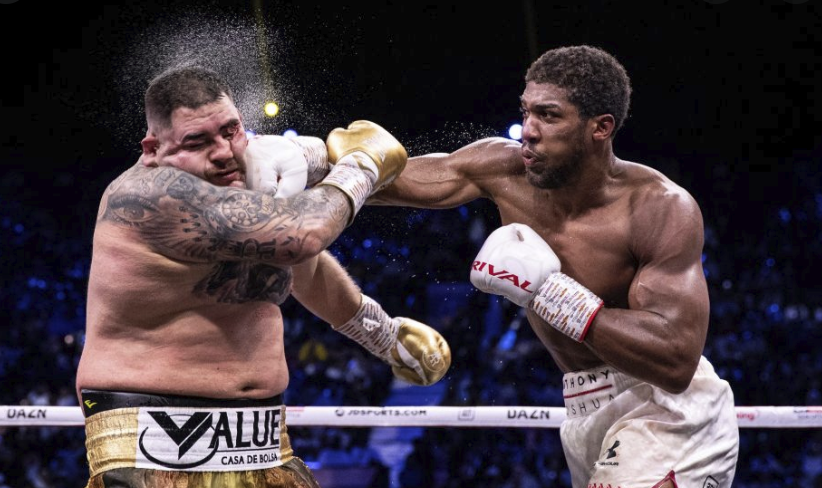Tag Archives: Taekwondo
Learn about Taekwondo: The origin and history of early formation

Modern martial arts Taekwondo is widely available in many countries around the world, but few people know its origin. In this article, we will learn about Taekwondo through its origins and history.
Where does Taekwondo come from?
Martial arts in Korea have a long history dating back to ancient times. The traditional fighting arts of Korea, probably originating from the Goryeo period in 37 BC.
Learn about taekwondo, it was discovered at the ruins of royal tombs Muyongchong and Kakchu-chong built between the 3rd and 427th year that many paintings on the wall show men. practice. These may be early documents describing the original countervailing techniques called Subakhi.

Traditional Korean fighting techniques were also practiced at Sil La. This was a kingdom established in southeastern Korea. In Kyongju, the former capital of Silla, the images of the two Buddhas except the demons that protect Buddhism in the posture of piercing are carved on the wall in the Sokkuram cave at Pulkuk-sa temple.
This time, a Hwarangdo organization that greatly influenced and enriched the Korean martial arts and culture was established. Descendants of the nobility in Silla were selected to study and train in Hwarangdo. They trained as an army, educational and social organization. Chinese combat techniques were also introduced into Hwarangdo propaganda training. It was under the names Dang Soo (Tang Dynasty) and Gong Soo (Tong).
When it comes to learning about Taekwondo, many documents show that the organization not only sees martial arts training as an essential part of military training and physical enhancement, but also develops them as a tournament activity.
Ancient art discoveries such as frescoes in the tombs of the Cao Cau Ly dynasty. Especially, the stone carvings of temples and pagodas built during the Silla period. Also, many documents for The stance, technique and shape are very similar to the stance and shape of Taekwondo today.
Summary of famous traditional martial arts in the world (Part 2)

BOXING
With Boxing, you will use a flexible combination of punches with movement of your legs, head and torso.
Boxing is considered a fighting martial art between the two. Starting from the West, learning boxing techniques, you will use a combination of punches flexibly with the movement of your legs, head and torso.

Amateur boxing is also a part of many sports festivals around the world, including the Olympic Games. It is known that boxer Muhammad Ali is a legend of this martial art.
BRAZILLIAN JIU JITSU (BJJ)
This is a martial art inspired by Japanese martial arts and developed and transformed in Brazil but has gradually become one of the popular mixed martial arts in the martial arts world MMA.

Brazilian jiu-jitsu (BJJ) is a martial art used in combat, teaching the weaker to defend and fight the stronger using techniques such as levers and locks. This is a martial art created by Carlos Gracie after Japanese study, Judo and traditional Jiu-Jit su created.
TAEKWONDO
Taekwondo tends to use the feet and lower legs through powerful kicks. North Korea is the nation of Taekwondo and is also the most practiced martial arts (mudo) of this country. It is also one of the most popular sports in the world.
The Japanese propaganda of Karatedo martial arts to Korea during World War II in the 1950s and 1960s. This led many to mistakenly believe that Taekwondo was actually from a Karatedo sect that split and developed into a martial art. And to escape the influence of Karatedo, the masters founded the modern Taekwondo sect.
Taekwondo places more emphasis on the leg strikes and emphasizes the sportiness of the discipline. This martial art has some similarities with Chinese Kungfu and other Korean martial arts such as Tangsudo, Hapkido. However, Taekwondo tends to use the feet and lower legs through powerful kicks.
Taijiquan
Taijiquan is actually a traditional martial art of the Chinese nation characterized by extremely flexible, slow-moving movements of the right hand and the harmonization of the breath.
